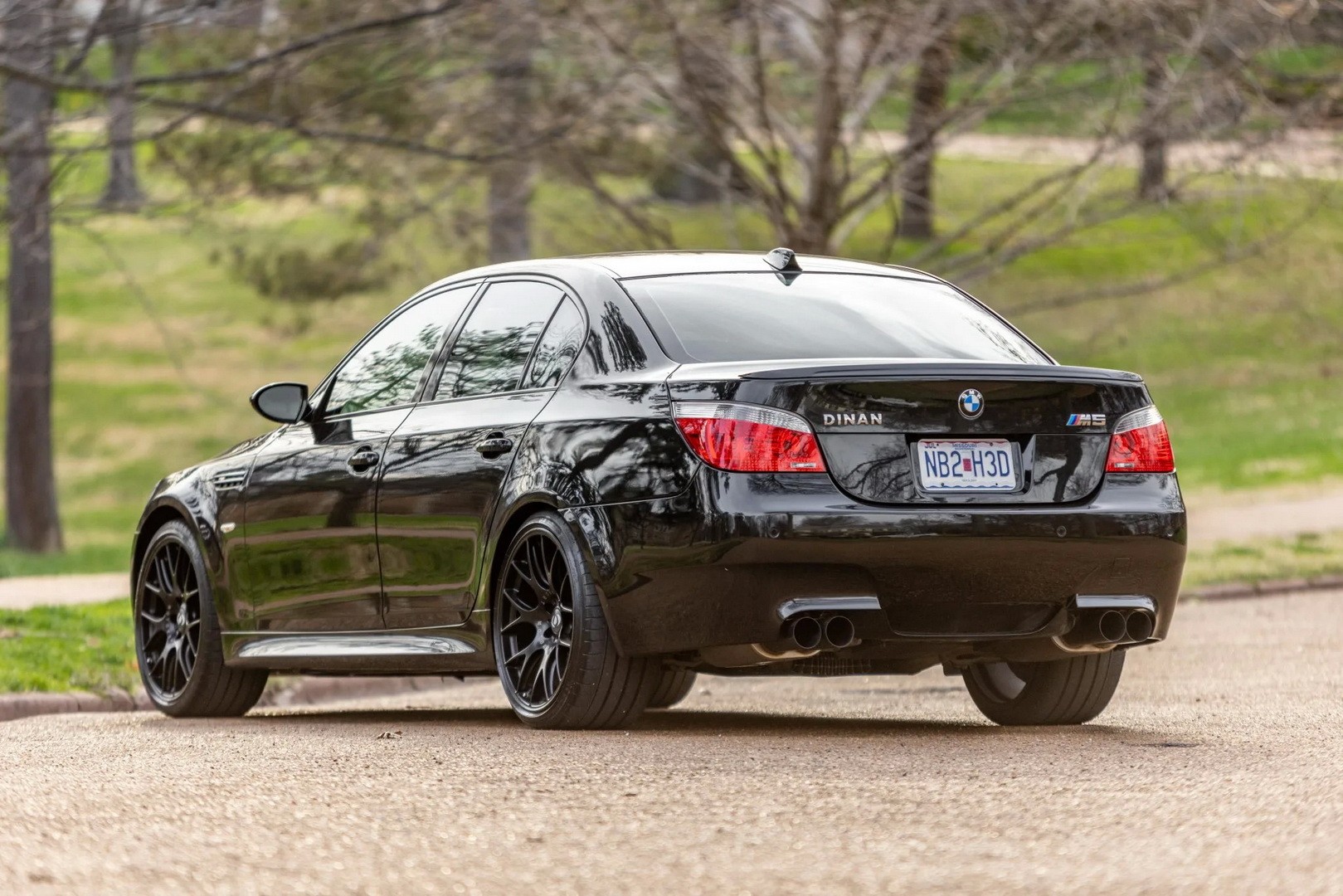Fifteen years is a lifetime in the automotive world. By this point, a car has lived through at least two generations of redesigns, survived economic cycles, witnessed evolving technology, and (hopefully) racked up a healthy number of miles.
At 15 years, a vehicle either proves itself as a reliable workhorse or reveals all the ways it has aged poorly. For buyers on a budget or owners debating whether to keep or replace their aging ride, this is a critical checkpoint.
There are two types of 15-year-old vehicles. The first are those that still feel competent, dependable, and even enjoyable to drive. These cars might not turn heads or have the latest features, but they’ve aged with grace, proving that good engineering and smart design stand the test of time.
They’re cars you can still take on a road trip without worrying about breakdowns. They might rattle a bit more or have outdated infotainment, but their bones are solid, and they continue to deliver value year after year.
Then, there are the others. The ones that looked good on paper back in the day but now feel outdated, unreliable, or downright dangerous. Maybe the transmissions are notorious for failure.
Maybe the electrical systems age like milk. Maybe they were built during cost-cutting eras when long-term durability wasn’t top of mind. Whatever the cause, these are the vehicles that make you constantly wonder: “Why didn’t I trade this in five years ago?”
In this article, we’ll highlight five vehicles from around 2009–2010 that are still going strong today, and five that should be headed for the scrapyard. Whether you’re a secondhand car shopper, a mechanic with opinions, or just a curious enthusiast, this list will help you separate the keepers from the clunkers at the 15-year mark.
Also Read: 10 Cars With Rear Seats That Fold Fully Flat for Maximum Cargo Space and Everyday Flexibility
5 Cars That Are Still Great at 15 Years
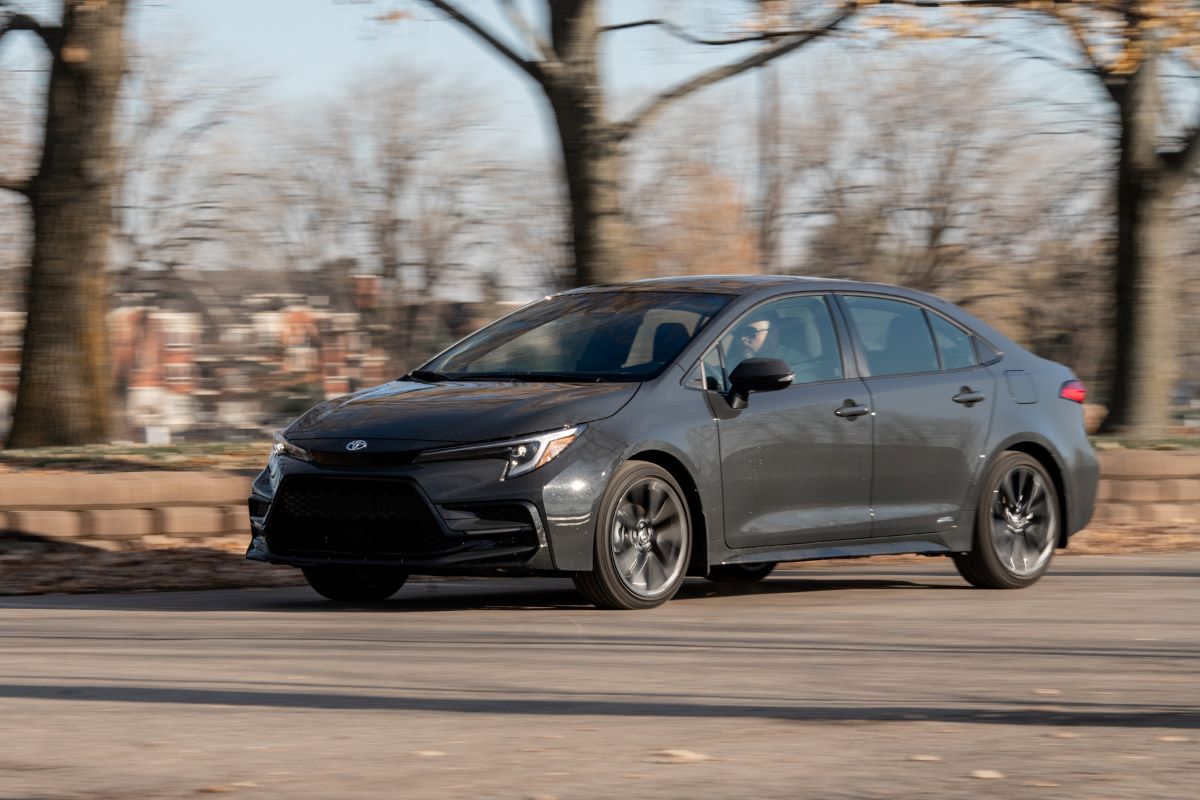
1. 2009–2010 Toyota Corolla
The 2009–2010 Toyota Corolla stands as one of the most enduringly reliable vehicles in the used car market, and for good reason. With its conservative design and no-nonsense engineering, it was never meant to thrill—it was meant to last.
Powered by the 1.8-liter 4-cylinder engine (the 2ZR-FE), this Corolla delivers dependable performance with minimal mechanical drama.
The engine isn’t powerful by modern standards, but it offers excellent fuel economy and low maintenance costs, especially when paired with the 4-speed automatic transmission or 5-speed manual.
These older transmissions are not only simple in design but also robust in real-world driving, handling hundreds of thousands of miles without issue.
Interior-wise, the Corolla might feel sparse by today’s standards, but the components inside have held up remarkably well. The cloth seats resist excessive wear, buttons and switches maintain functionality, and even the analog controls remain refreshingly intuitive in a world increasingly dominated by touchscreens and glitchy software.
Although lacking advanced infotainment or luxury trim, the interior remains quiet and comfortable for daily commutes or long road trips alike. Owners regularly praise the car’s insulation and ride comfort, even when driving over rough surfaces or aging infrastructure.
But what truly cements the 2009–2010 Corolla’s status as a keeper at 15 years is its cost of ownership. Routine maintenance is affordable, with oil changes, brake jobs, and tire replacements requiring no special expertise or proprietary equipment. Replacement parts are abundant and inexpensive, thanks to the Corolla’s massive global presence.
Mechanics love working on them because they’re easy to diagnose and rarely break in unpredictable ways. This generation also avoided many of the modern complications that plague newer cars—no turbochargers, no direct injection, and minimal reliance on software-based features.
It’s a vehicle that does exactly what you ask, day in and day out, which is why so many are still on the road—and likely will be for years to come.
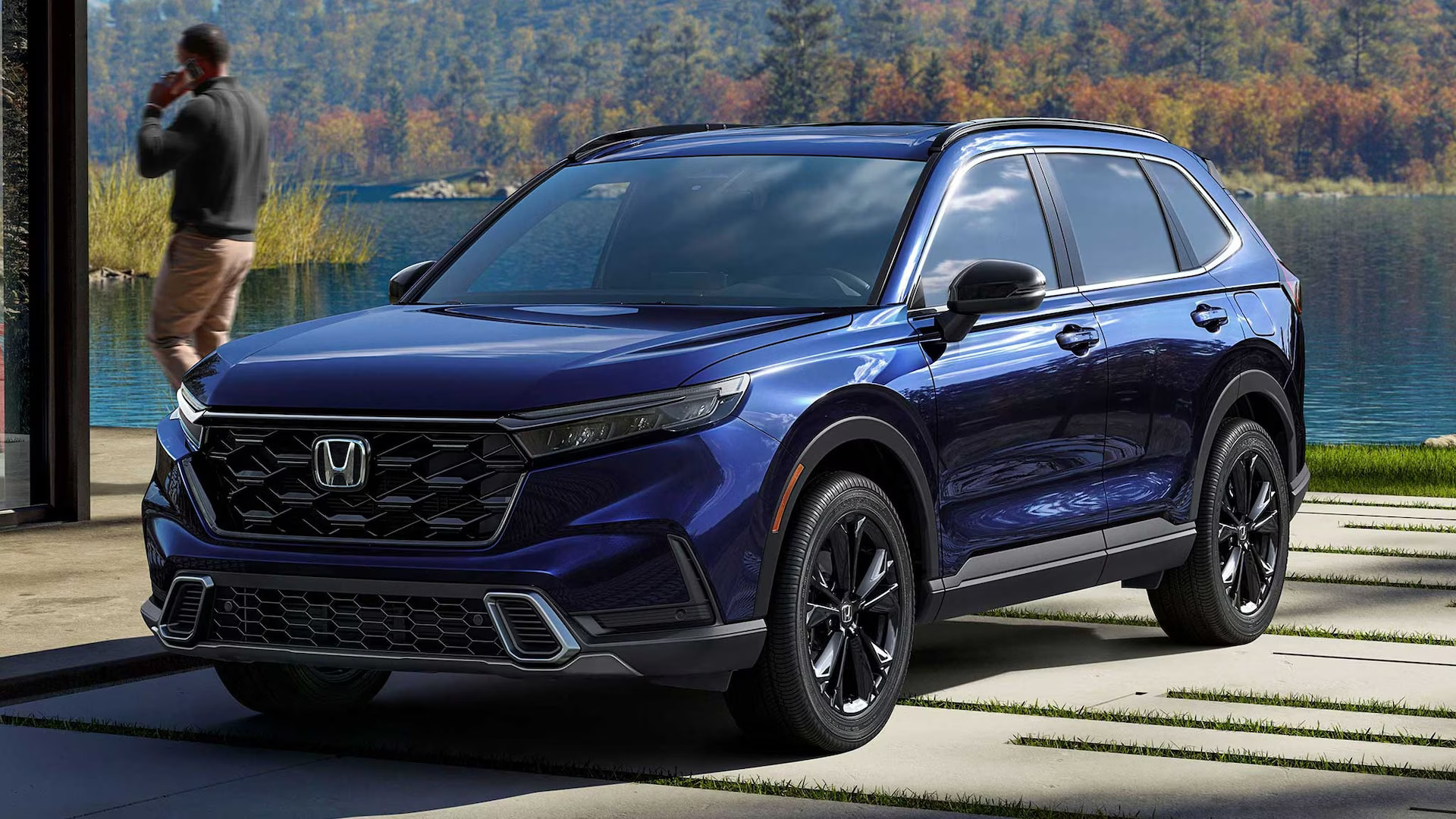
2. 2009–2010 Honda CR-V
The 2009–2010 Honda CR-V continues to shine as a benchmark for practical, family-friendly crossovers that also happen to age gracefully. This third-generation CR-V offers a perfect mix of comfort, cargo space, and mechanical simplicity that still holds up remarkably well today.
Under the hood, it houses the highly respected 2.4-liter K24 engine, a unit that has earned its stripes in countless Honda vehicles for its balance of power, reliability, and ease of maintenance.
Whether paired with front-wheel or all-wheel drive, the CR-V offers confident performance that still feels competent at highway speeds or during weekend getaways, even with over 150,000 miles on the odometer.
Where this CR-V really excels is in its packaging and interior functionality. Despite its compact footprint, the cabin is roomy, with plenty of legroom for rear passengers and clever storage solutions throughout. The rear cargo area is generous, and the low load floor makes it easy to haul groceries, luggage, or even light construction materials.
The ergonomics are spot-on, with large, easy-to-use knobs and buttons for climate and audio controls—features that many newer cars have frustratingly buried in touchscreen menus.
The materials, while not luxurious, are durable and have aged surprisingly well. You’ll find many 15-year-old CR-Vs with minimal interior wear, functioning electronics, and cold air conditioning that hasn’t needed a recharge.
In terms of long-term ownership, the CR-V offers something increasingly rare: peace of mind. Provided regular oil changes, transmission fluid flushes, and timing chain tensioner inspections are done on schedule, these SUVs can easily reach 200,000 miles without a major repair.
Common issues, like worn suspension bushings or minor valve cover leaks, are well-documented and relatively inexpensive to address. The CR-V also benefits from an enormous aftermarket, making replacement parts readily available and affordable.
All of this adds up to a vehicle that continues to offer real-world value at 15 years, both in practical utility and low ownership costs, cementing its place as one of the smartest used SUV buys today.
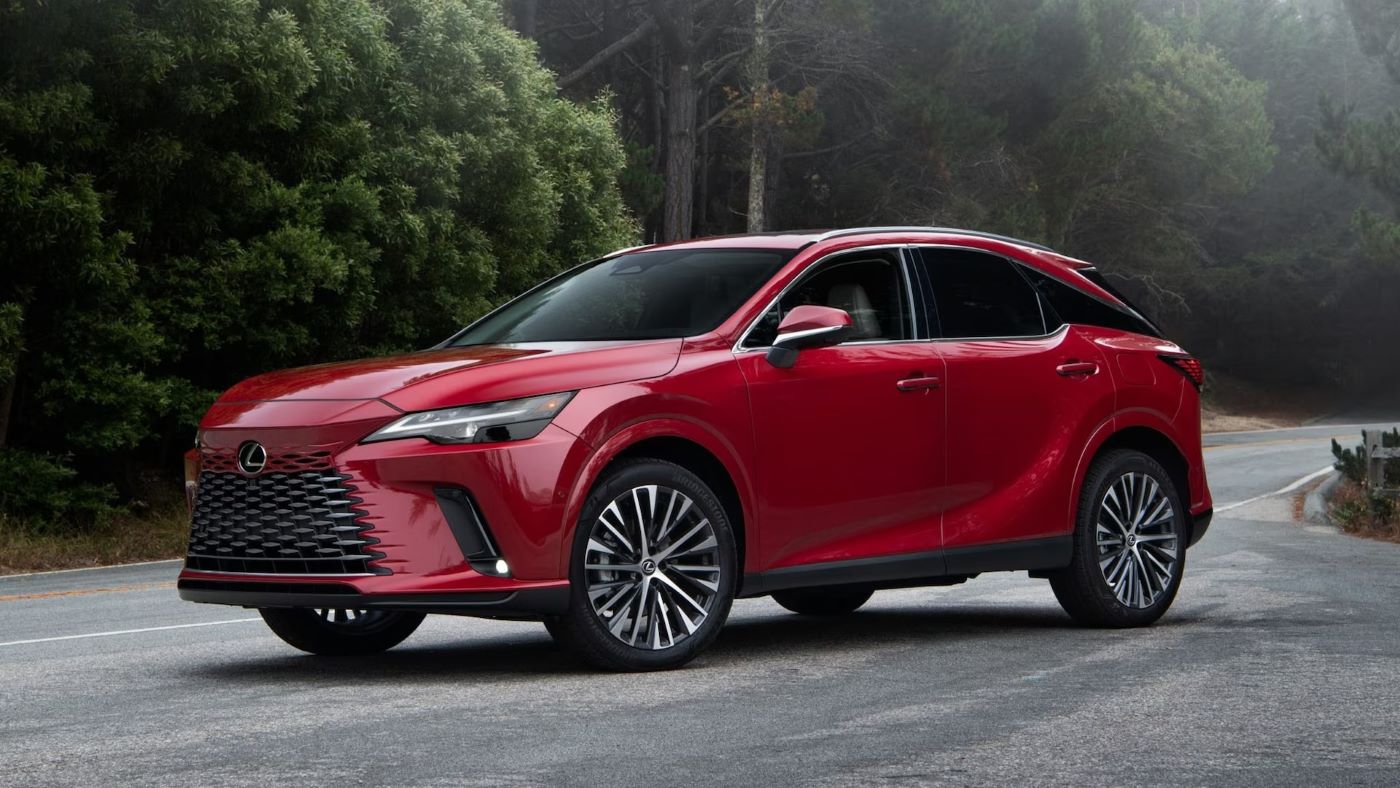
3. 2009–2010 Lexus RX 350
The 2009–2010 Lexus RX 350 offers a rare glimpse into what luxury can look like when it’s paired with long-term reliability.
While many upscale vehicles from this era struggle with aging electronics, finicky suspensions, or costly maintenance, the RX 350 avoids nearly all of those pitfalls thanks to Toyota’s ultra-conservative approach to Lexus engineering.
Built with the legendary 3.5L V6 2GR-FE engine and a smooth-shifting 5- or 6-speed automatic transmission, this midsize luxury SUV combines refinement with bulletproof dependability.
Even today, it feels surprisingly modern in terms of road manners and cabin quietness—an impressive feat for a vehicle that’s old enough to legally drive itself in some states.
One of the most remarkable aspects of the RX 350 is the integrity of its interior. Leather seats remain soft and supple, wood trim still shines without cracking, and dashboard electronics—including touchscreen navigation and climate control—often continue to function without issue.
Unlike European luxury SUVs, which frequently suffer from electrical gremlins and failing air suspensions at this age, the RX 350’s systems are straightforward and resilient.
Its comfort-oriented ride and light steering make it a joy to drive in urban and suburban environments alike, and the insulation keeps road and wind noise to a minimum, maintaining that high-end Lexus feel.
Perhaps more importantly, this RX requires surprisingly little to keep in good condition. Routine maintenance like timing chain inspections, coolant flushes, and brake pad replacements is easy and relatively inexpensive.
Even the power-operated features, such as memory seats, sunroof, and liftgate, tend to keep working well past the 150,000-mile mark—a rarity among luxury crossovers of this age.
The 2009–2010 RX 350 is a perfect example of a luxury vehicle that doesn’t come with a luxury-sized repair bill, making it a top pick for anyone wanting the comforts of a premium SUV without the nightmare of constant repairs. It’s not just still great at 15 years—it’s often better than some brand-new crossovers at twice the price.
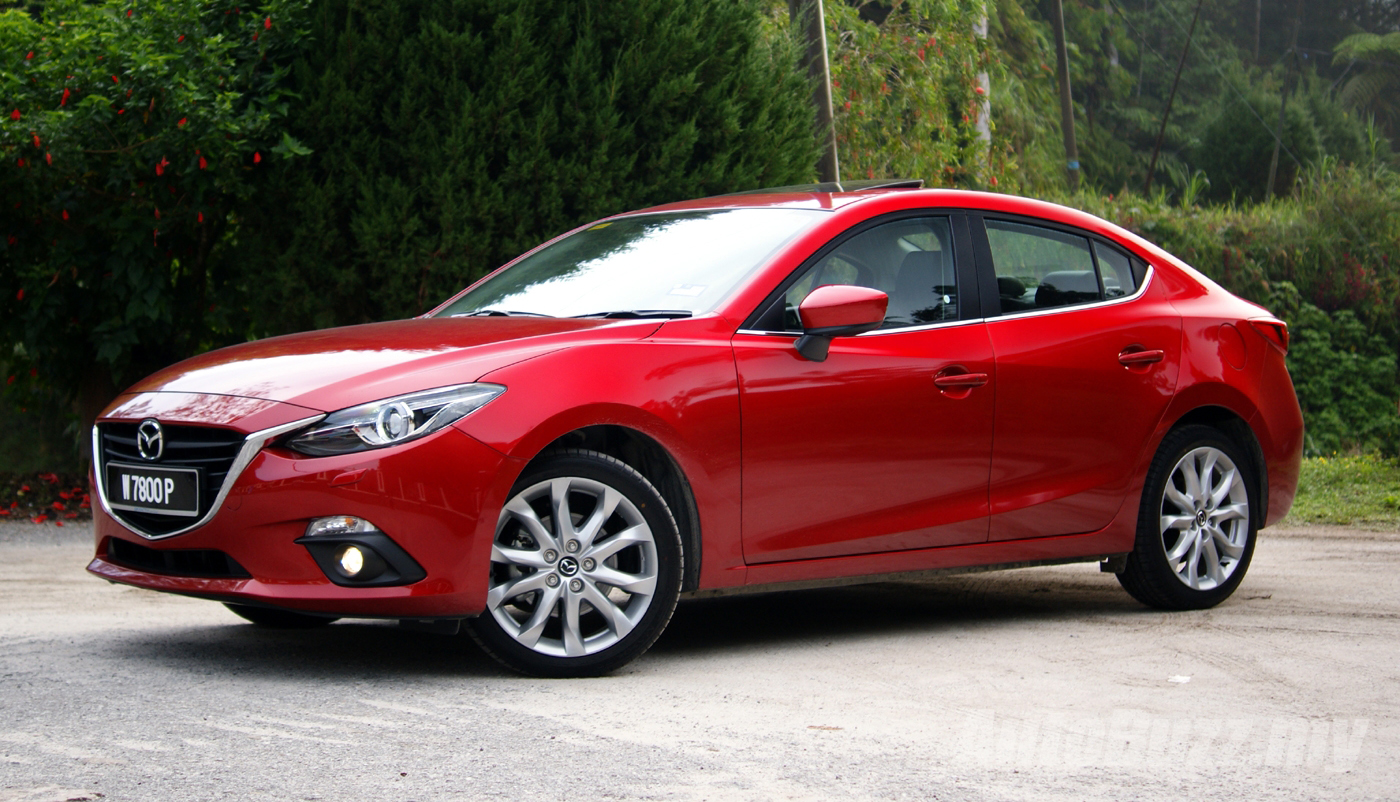
4. 2009–2010 Mazda3
The 2009–2010 Mazda3 remains one of the most enjoyable compact cars you can buy used, and its age hasn’t dulled its charm. This model bridged the gap between economy and sport in a way few other cars in its segment managed to do.
Whether equipped with the reliable 2.0-liter engine or the punchier 2.5-liter variant in the Mazda3 s, this car still delivers crisp throttle response and rewarding handling, thanks to Mazda’s “Zoom-Zoom” design philosophy.
Even 15 years later, the steering remains communicative, the chassis feels tight, and the manual transmission (for those lucky enough to find one) is among the most satisfying in its class.
The interior also continues to impress, especially compared to similarly aged competitors. The materials don’t scream “premium,” but they wear far better than expected, and the design is both stylish and functional.
The driver-focused cockpit includes intuitive controls and a surprising number of comfort features, including available heated seats, a sunroof, and an optional premium sound system.
The rear seat might be a bit tight for taller passengers, but for singles or small families, it’s more than adequate. The hatchback version adds a layer of versatility that turns the Mazda3 into a legitimate do-it-all car, perfect for commuting, weekend trips, and even light hauling.
What truly makes the Mazda3 endure for 15 years is its balance of durability and fun. It’s not uncommon to find these cars with 180,000 miles still running on original drivetrains, especially if oil changes and basic upkeep were done consistently.
While rust can be a concern in northern climates, particularly around wheel wells and rear fenders, many owners have kept them in great shape with regular undercoating or garage storage.
In an age when many compact cars feel numb and disconnected, the Mazda3 still offers a spirited drive without sacrificing everyday usability. For drivers who want reliability without boredom, this car is a top-tier contender even after a decade and a half on the road.
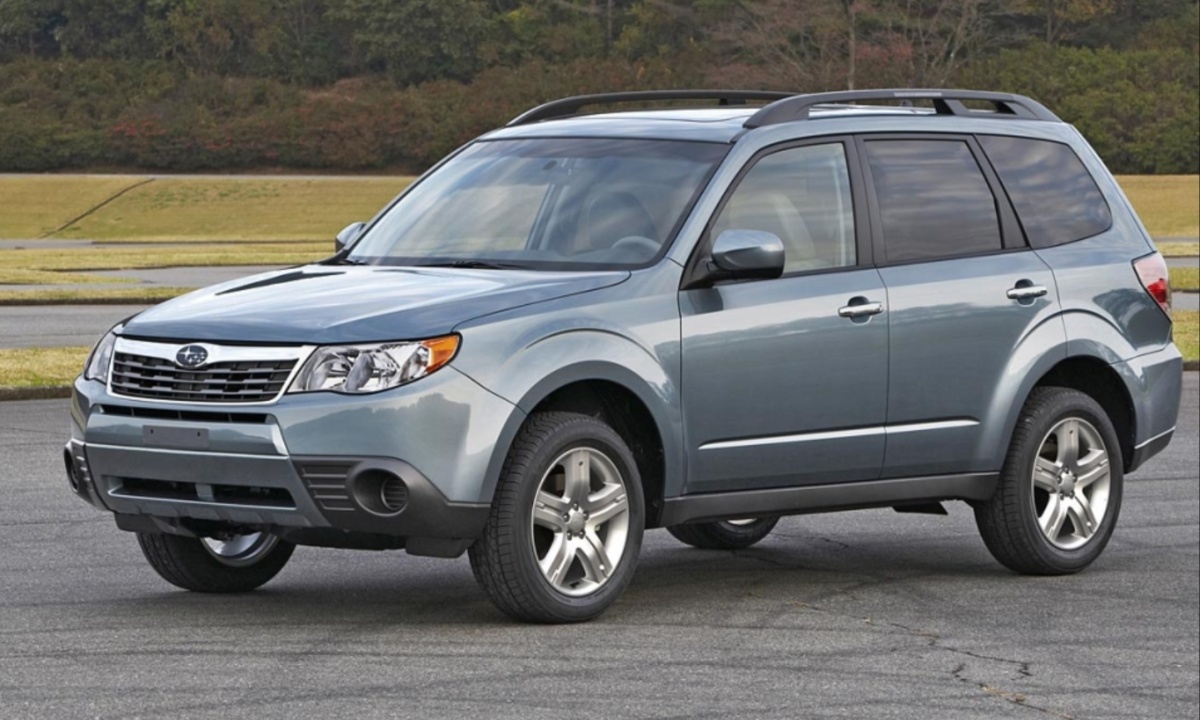
5. 2009–2010 Subaru Forester (Naturally Aspirated Models)
The 2009–2010 Subaru Forester may not win awards for cutting-edge design or high performance, but in terms of all-weather capability and practical durability, it remains an excellent option at 15 years.
This generation introduced a more spacious cabin and improved ride comfort, making it a standout in the compact SUV segment at the time.
Equipped with the naturally aspirated 2.5-liter boxer engine (EJ253), the Forester isn’t particularly fast, but what it lacks in acceleration it makes up for with a torquey, dependable powerband that handles urban and rural environments with equal ease.
Paired with Subaru’s symmetrical all-wheel drive, it’s the kind of vehicle you can confidently drive through rain, snow, or dirt roads without giving it a second thought.
One of the biggest selling points of the Forester is its layout: tall windows, upright seating, and a simple dashboard layout make for excellent visibility and ease of use.
This is a car that just feels natural to drive. Rear cargo space is generous for a compact SUV, and folding the seats down turns the Forester into a practical hauler that can carry camping gear, dogs, furniture—you name it.
Even the cloth seats hold up well over time, and the mechanical HVAC controls and simple audio systems are less prone to failure than modern touch-centric alternatives. You won’t find many luxury frills here, but you’ll appreciate how little actually goes wrong.
Of course, like all Subarus of this vintage, the Forester has some known quirks—most notably potential head gasket leaks and rear wheel bearing wear. However, these issues are well-documented, and many used models on the market have already had the necessary fixes performed.
Once addressed, the EJ25 engine proves itself to be remarkably long-lasting, especially with consistent oil changes and coolant flushes.
For drivers in snowy or rural regions, the Forester remains one of the few older crossovers that still makes sense to buy and own. It may not be flashy, but it’s trustworthy, capable, and surprisingly versatile at 15 years old.
5 Cars That Should Be Gone by Now
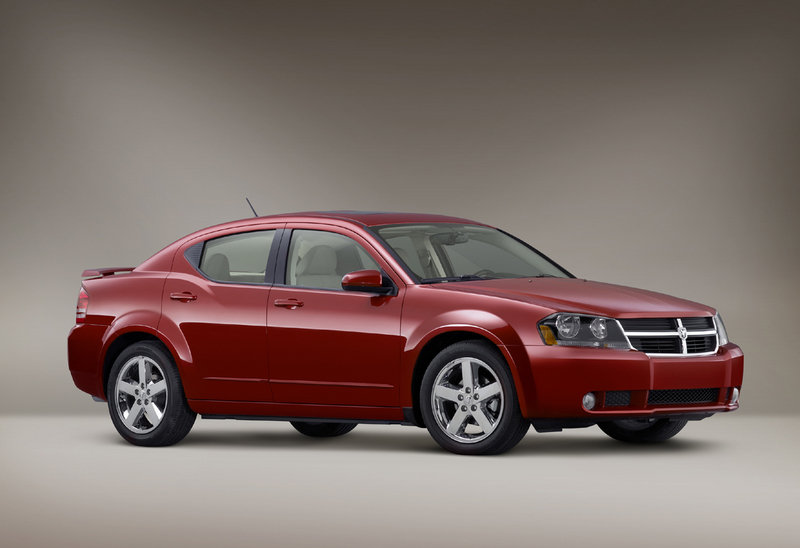
1. 2009–2010 Dodge Avenger
The Dodge Avenger was already dated when it hit the market, and 15 years later, it’s even worse. With clunky transmissions, underwhelming 4-cylinder engines, and interiors that feel like a punishment, this midsize sedan hasn’t aged well. Even the V6 models can’t redeem the vehicle’s awkward styling and poor handling.
Common issues include electrical gremlins, failing suspension components, and unreliable automatic transmissions. Build quality was never the Avenger’s strong point, and time has only magnified its flaws. Rattles, peeling dashboards, and failing HVAC systems are the norm rather than the exception.
At this point, the Avenger is a car you keep only if you have no other option. It’s not fun to drive, not comfortable to sit in, and not trustworthy for long trips. Most are worth less than their repair bills. Time to move on.
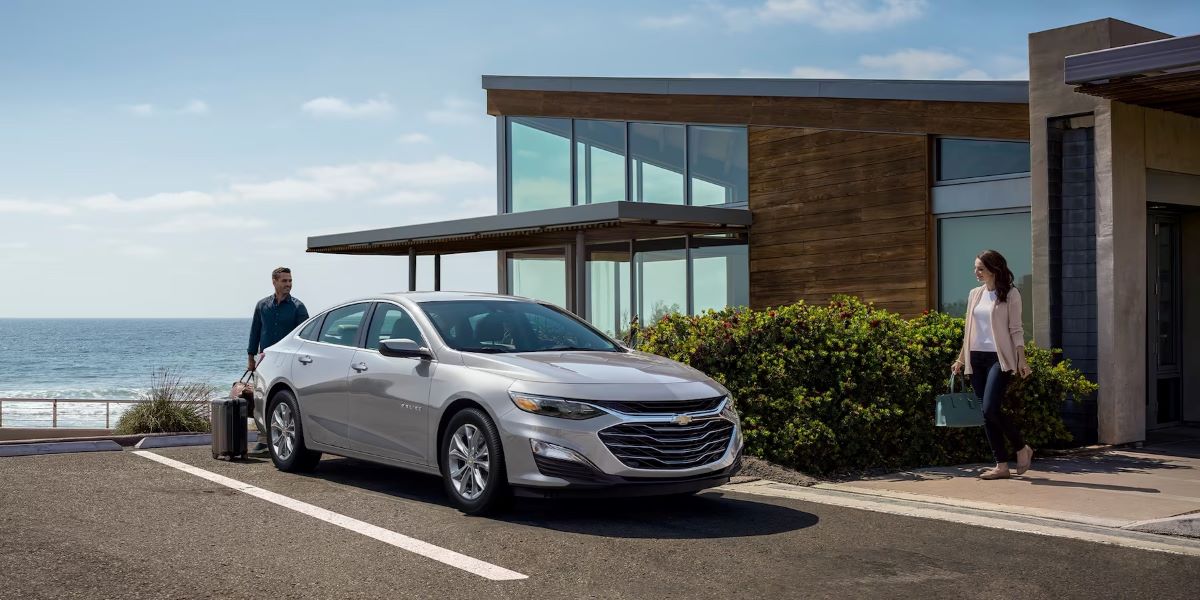
2. 2009–2010 Chevrolet Malibu (4-Cylinder Models)
While the Malibu received praise when it was redesigned in the late 2000s, it hasn’t stood the test of time, especially the 4-cylinder models. The 2.4L Ecotec engine is prone to oil consumption and timing chain issues, and the 6-speed automatic transmission is notorious for hard shifts, delayed engagement, and early failure.
Interior quality also leaves much to be desired. Buttons fade, center consoles rattle, and touchpoints wear down quickly. Electronics like the door lock actuators and power seats often fail before 100,000 miles, and replacement parts aren’t cheap for what should be a budget car.
If you find a 2009 Malibu with high mileage, odds are you’re looking at a car in its last chapter. Unless it’s the V6 model and extremely well-kept, it’s a poor choice for long-term ownership.
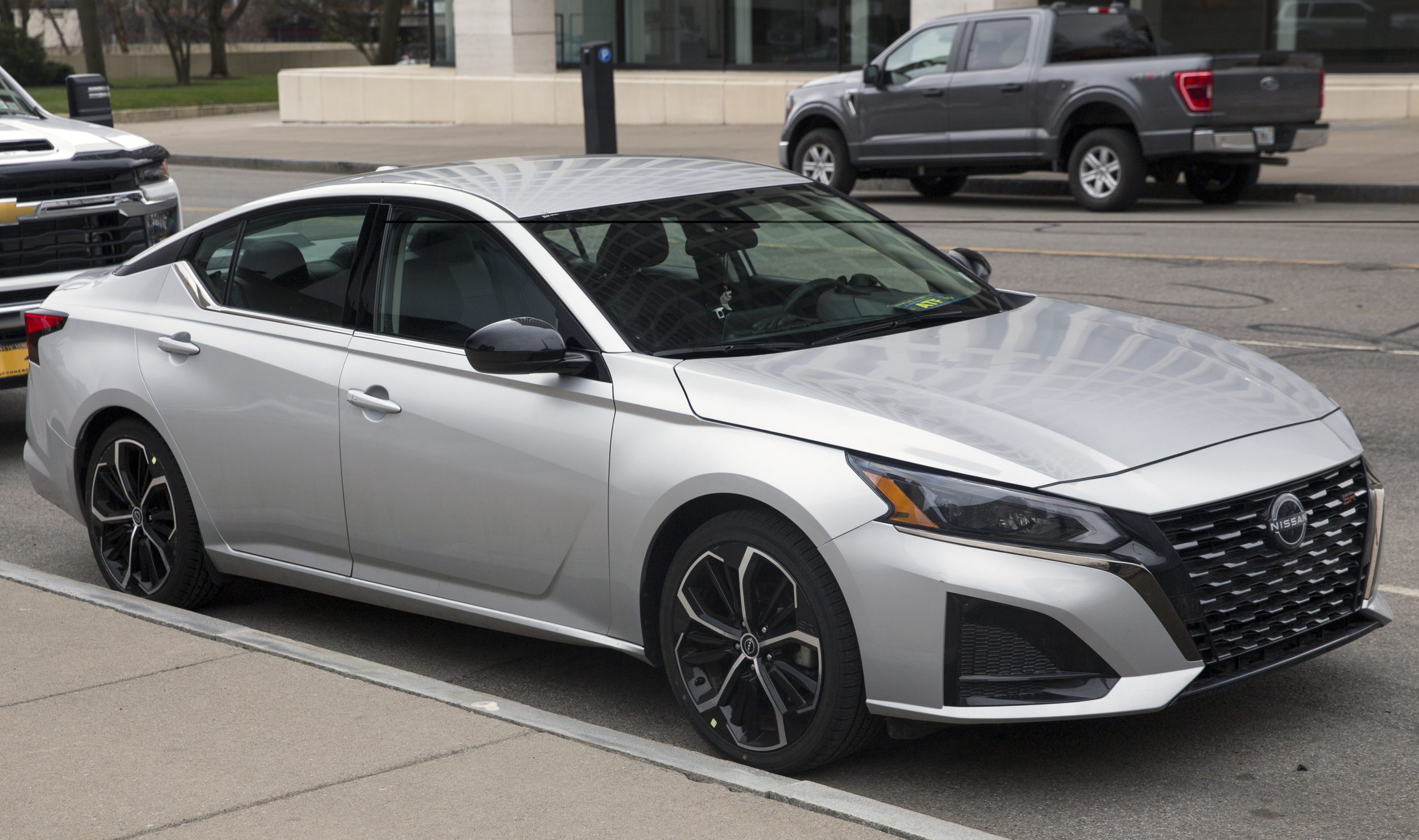
3. 2009–2010 Nissan Altima (Especially CVT Models)
The Nissan Altima was once a top choice in the midsize sedan segment, offering sporty handling and good fuel economy. But for many 2009–2010 models, particularly those with the 2.5L engine and Continuously Variable Transmission (CVT), age has not been kind.
The issue lies largely in the CVT itself—Nissan’s early-generation CVTs were plagued by overheating, jerky performance, and premature failure. Many owners reported experiencing transmission problems before even reaching 100,000 miles, and the cost of replacement is often higher than the value of the car.
Beyond the transmission, these Altimas suffer from declining interior quality and electrical issues. Power window regulators fail regularly, dashboard materials crack and warp under sun exposure, and the push-button ignition system sometimes fails to recognize the key fob.
The 2.5L four-cylinder engine, while efficient, has a history of burning oil and developing timing chain noise as it ages. Even the V6 models, while more powerful and engaging, are tethered to the same unreliable CVT and plagued by similar electronic aging.
By 15 years, many Altimas from this era have become a patchwork of worn components and failing systems. The CVT design was ahead of its time in theory, but not ready for long-term reliability.
While some owners have managed to nurse these cars along with regular maintenance and luck, most find themselves pouring money into repairs that never truly fix the car’s underlying design flaws. If you’re driving one now, the next major repair bill might be the sign to call it quits.
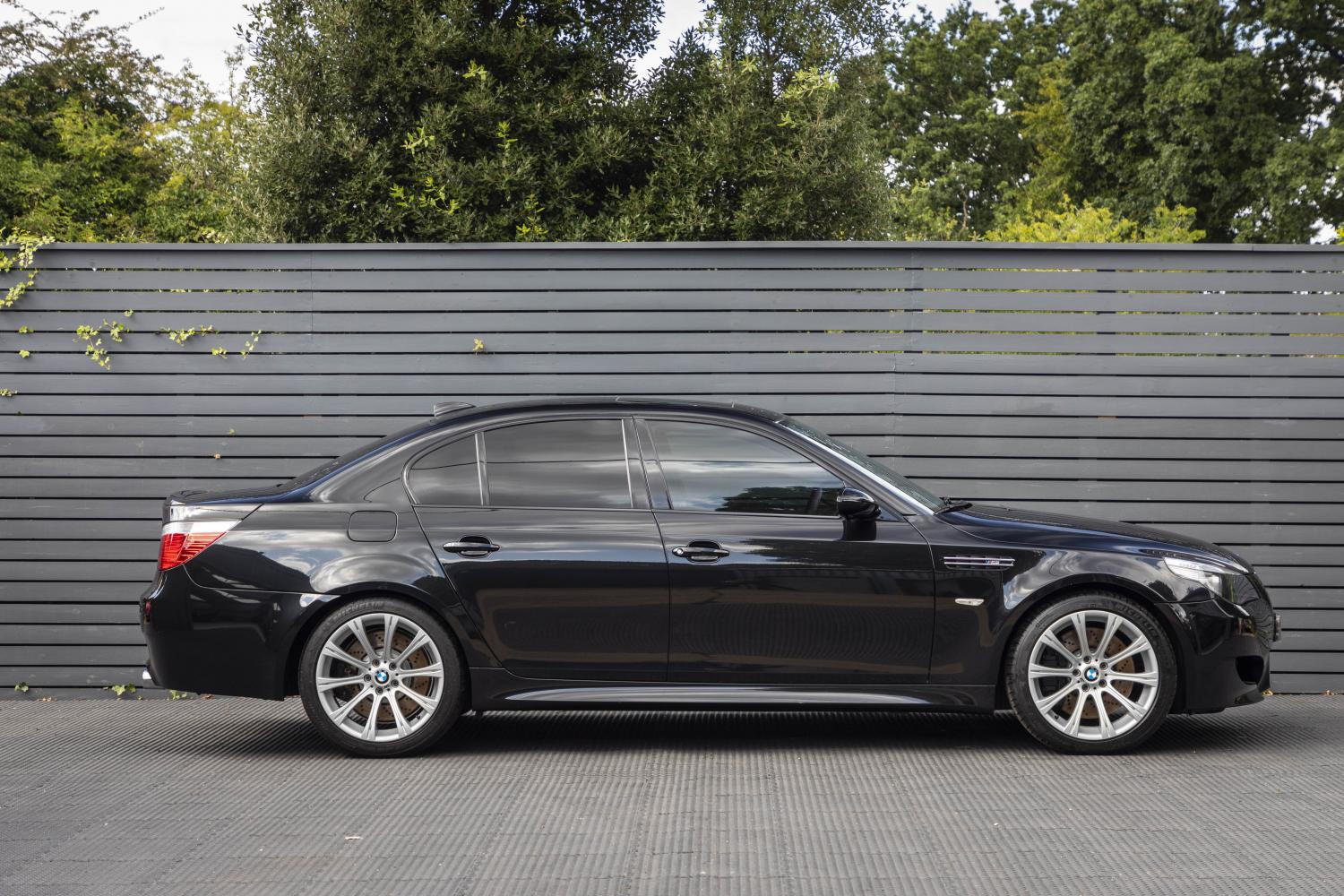
4. 2009–2010 BMW 5 Series (E60)
The BMW 5 Series is often hailed as the perfect blend of performance, luxury, and daily usability—but that reputation only holds if you’re driving a new or well-maintained model.
At 15 years old, the E60-generation (2004–2010) 5 Series is a financial minefield, especially for owners who’ve inherited these cars second- or third-hand.
The initial driving experience may still feel solid, smooth, with inline-six engines, precise handling, and elegant interiors, but beneath the surface lies a web of aging electronics and expensive-to-fix components.
The iDrive infotainment system from this generation was one of BMW’s earliest and least reliable. Freezes, glitches, and total failures are common. The dashboard warning lights often illuminate for minor sensor issues that still cost hundreds to diagnose and fix.
Even basic repairs like window regulators or door lock actuators require expensive modules and reprogramming. The complexity of the car’s electrical system makes even routine maintenance a chore for independent shops.
Mechanically, the engines are prone to oil leaks (especially from the valve cover and oil filter housing), and the VANOS system—the variable valve timing unit—can become noisy and problematic over time.
The automatic transmissions, while smooth when new, become clunky or hesitant with age, and cooling systems (a chronic BMW issue) tend to fail every 80–100k miles, requiring attention to the water pump, thermostat, and radiator.
A 15-year-old 5 Series can still feel like a luxury car on the surface, but it’s often a money pit waiting to explode under the hood. Unless you have deep pockets or an emotional attachment, it’s time to let it go.
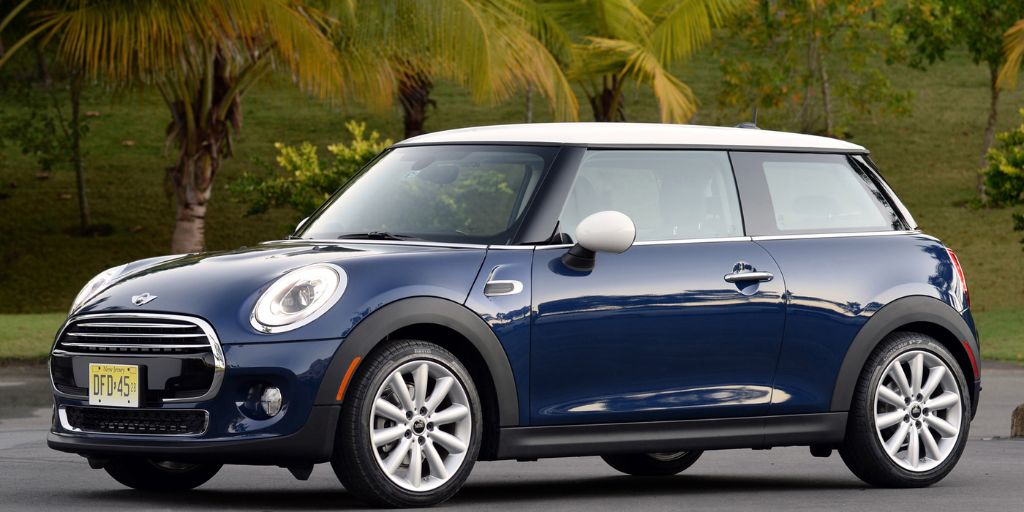
5. 2009–2010 Mini Cooper
Charming, nimble, and endlessly customizable, the Mini Cooper captures hearts—but it often breaks wallets, especially after 10 or more years. The 2009–2010 Mini Cooper, particularly the R56 generation, is notorious for mechanical and electrical gremlins.
Under the hood, the turbocharged 1.6L engine found in the Cooper S models is known for timing chain tensioner failures, carbon buildup on intake valves, and chronic oil leaks. Even base models aren’t exempt from problems, suffering from failing thermostats, water pumps, and engine mounts at relatively low mileages.
The automatic transmissions in these Minis are also prone to early failure, especially if fluid changes were neglected, which, unfortunately, was common since BMW/Mini claimed they were “lifetime” fluids.
As these cars reach the 15-year mark, interior trim pieces often rattle or fall off, and electronics such as the speedometer, infotainment screen, and power windows start to behave erratically. Electrical gremlins in the body control module (BCM) and issues with the keyless entry system are also widespread.
Despite its sporty reputation and clever packaging, a 15-year-old Mini Cooper often requires expensive repairs that few budget-conscious owners are prepared for. Many independent shops won’t even work on them due to the time-consuming labor involved in basic fixes.
What was once a fun and quirky car has become an example of what happens when style is prioritized over long-term durability. If yours is still running, it may be time to sell while it still has some value, or prepare for costly upkeep.
Also Read: 10 Best Cars for Families and 5 You Might Regret
At 15 years old, a car’s true character is revealed. Some vehicles stand tall, proving that good design, solid engineering, and a bit of maintenance go a long way. They’re the quiet champions of the used car world—the Corollas, CR-Vs, and RX 350s that just keep going, year after year.
These cars continue to offer reliability, comfort, and function even after most of their peers have long been scrapped or forgotten. If you’re driving one of these, you can rest easy knowing you’re getting your money’s worth—and then some.
But not every car ages gracefully. Some become mechanical time bombs, costing more in repairs than they’re worth. Poor engineering, unreliable transmissions, and fragile electronics haunt many of the vehicles that looked fine when new but crumble under the pressure of time.
The Dodge Avenger, Nissan Altima with early CVTs, and aging Mini Coopers are cautionary tales: cars that ask for too much and give back too little after a decade and a half.
Whether you’re a car enthusiast, a practical commuter, or someone shopping on a tight budget, the 15-year mark is a perfect time to evaluate a vehicle’s longevity. A little research—and a lot of realism—goes a long way.
Keep the ones that are still worth driving, and don’t hesitate to say goodbye to those that have overstayed their welcome. After all, even the best road trips have to end somewhere.

